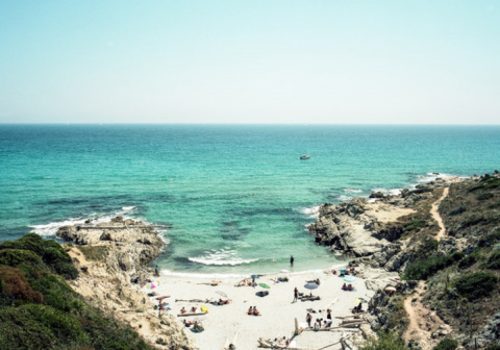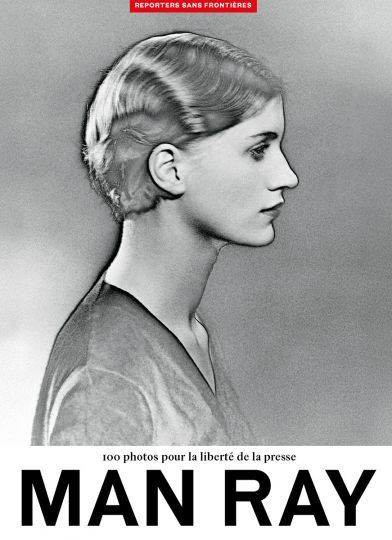For years I went on the Saint-Tropez peninsula to photograph this mythical village, its people, its atmosphere, its festivals, on behalf of agencies or magazines. The years have passed. My return to the area allowed me to explore the very preserved natural heritage that surrounds it, like a true jewel. The itineraries are varied. The trail winds from Cape Camarat, Cape Lardier and Cape Taillat, while revealing its natural wonders. The cliffs reveal creeks, the granite blocks hide coves. Man has shaped passages in the rock. The variety of plants evolving with the seasons is a constant surprise.
In this natural jewel of the peninsula of Saint-Tropez, I walk the paths bordering the sea, I linger, I observe. The work with the telemetry format gives me the pleasure of silent click with the rigor of the framing. This work also signifies a return to argentic photography, medium format, taking the time of contemplation.
Moments of landscapes
Whether in painting or in photography, the landscape is commonly presented in a rectangular and elongated format to recall the perception we have of this space common to all. It develops in front of us horizontally, and movement of the head accompanies it to embrace the large panoramic that is offered to our look. The landscape is there, we know it, we recognize it, or we discover it as a recurring subject.
José Nicolas chose a square format. He voluntarily departs from the conventions and therefore raises the question of the difference. They are not landscapes … In reality, they are “moments” of landscapes. The square format is used more often for portraiture? So, let’s say: they are “portraits” of landscapes. A portrait is always an approach to the subject’s intimacy, a way of seeing a part of the veil of its anima lifted … But the details are always forgotten in the overall majesty of a whole, and yet, what constitutes the all (here the landscape), is the meeting of these details, of this organised intimacy. José Nicolas gives us the opportunity to see “intimate portraits” of the landscape, fleeting moments offered by his enlightened eye during a photographic pause.
The photos are made with old films. This gives the photographs a nostalgic dimension, when the colors did not give the full power of their saturation: something to do with the past, as are these films past “best-before” date …” Indeed the photos are timeless, they speak to our memories. The earth, the sea, the rocks, have been actors of the landscape for millennia. Man passes and garners the perceptions that fed him over the centuries …
We see, here and there, tumbling down towards the beach abundant vegetal tongs made of succulent plants which ignore the rocks undressed of greenery. Undressed also are the tree trunks immobilised on the sand. The strong wind took away the bark. They endure like natural sculptures that expect nothing more than to bleach a little more in the sun, ignoring man and his trials and tribulations … Sometimes the rocks would like to identify with a skin. In an analogical way, we can interpret pleats, wrinkles, and puffed flesh, reminding us that if man often imitates nature, it does not save on its resemblance to the one who imagined it. . The anthropomorphic rocks, served by the pareidolia which deludes the formal associations, make us discover in these minerals our anticipated presence, well before man invited himself on earth …
Bernard Muntaner March 2016
José Nicolas – Portraits de Paysage
Little Big Galerie
45 rue Lepic
75018 Paris
















